The Dakar Rally's Mission 1000 Pushes the Limits of Alternative Fuels

By 2030 the organizers of the Dakar Rally want to realize a dream of having the entire field made up of alternative fuel entries. To help meet that end they announced the program in 2021 as the Dakar Future Program. The Mission 1000 (M-1000) Class debuted at the 2024 Dakar Rally.
Obviously, with the available technology, it is not feasible to expect an M-1000 vehicle to be able to cover the full distance of a stage. Dakar organizers have truly devised a worthy challenge for the burgeoning technology available.
Which alternative fuels qualify?
Currently, the class recognizes three different alternative fuels:
- 100% Electric
- Hydrogen
- Hybrid
They recognize any vehicle and split them into two categories by number of wheels. Two wheels, and four wheels and up. That covers motorcycles, SXS classes, cars and trucks.
How do you win?
M-1000 is not a competitive class in the truest sense of a typical Dakar competition. However, points are available each day of the rally to test the performance of the vehicles in several ways.
There are three different aspects to tackle in the course of a competition day on the Dakar Rally.
First, the length of a stage for the M-1000 vehicles to travel is roughly 100 kilometers. If you think that makes things easy, rest assured the organizers pack every challenge imaginable into the abbreviated stage. Finish the stage and earn 10 points. If you are unable to finish you are awarded points based on the percentage of the stage completed. Each stage has a reference time assigned to it. Finishing the stage yields you 100 points for the day. Finishing the stage quicker than the reference time can yield you extra points. Per the Dakar website this is how you achieve extra points:
- If the time achieved is 10% greater than the reference time, Eco mode will be activated, and zero bonus points will be added.
- If the time achieved is equal to the reference time, Normal mode will be activated, and five bonus points will be added.
- If the time achieved is 10% less than the reference time, Sport mode will be activated, and 10 bonus points will be added.
Second is the challenge of the first 200 meters of a stage. Teams are awarded extra points for setting the fastest time from a standing start to the end of the first 200 meters. This is referred to as launch control.
Third is a popularity contest of sorts. On the rest day in Hail, Saudi Arabia, fans can vote for their favorite teams, and points are awarded in that way as well. This year's rest day has already come and gone.
Who is involved in this class?
Major manufacturers from around the world are involved in gathering data for alternative fuels in the M-1000 class. Last year in the inaugural running of the class there were 11 vehicles entered. Six motorcycles ran fielded by three different teams. Five entered on four or more wheels, all of those were hydrogen based. Of those five, one was a modified Volkswagen Amarok pickup. Three different SXS teams entered and then one full size MAN truck.
SXS / SSV
In what has to be a rare move by Japanese manufacturers Honda, Kawasaki, Suzuki, and Yamaha all four joined forces to field a single entry. Data from the entry is distributed equally. The HySE-X1, as it was dubbed, also has support from Toyota. The engine is a liquid-cooled, four-stroke straight-four turbocharged motor with a dual overhead camshaft layout and sixteen valves. The same engine is currently used by HySE for its motorcycle projects. Belgian’s Overdrive Racing built the chassis. Overdrive also builds Toyota HiLux chassis for the T-1 class in the World Rally Raid Championship.
Les Tigres du Désert modified a Can-Am Maverick X3 to run in the class while AVID Racing / CAT Racing fielded a Yamaha driven by Camelia Liparoti, a Dakar competitor and Yamaha Motor Europe racing director.
Volkswagen Amarok
Rainbow Truck Team fielded the Volkswagen. Amarok which is a body-on-frame pickup not currently available in North America. It has a history in the Dakar Rally dating back to 2010 as a support and press vehicle.
The Amarok is a diesel-powered vehicle, but all that is removed and replaced with a hydrogen cell, an electric motor, and a battery pack. Dick Zuurmond, a Dakar truck driver of note would drive the pickup.
MAN TGA
The KH-7 Ecovergy Team fielded a MAN TGA 6x6 truck with Jordi Juvanteny driving. The truck runs on hydrogen and hydrotreated vegetable oil. It was supposed to enter the 2023 Dakar in the regular truck class, but it was disallowed.
Motorcycles
The six bikes were fielded by three different teams. Green Power Race supported a single BAT Power Racing motorcycle. Tacita Formula Corsa Team ran a pair of Italian Tacita Discanto motorcycles. And finally Arctic Leopard Factory Racing ran three Arctic Leopard E-XE 880 motorcycles.
How did they do in 2024?
The MAN truck collected the most points followed by the two motorcycles from Green Power and Arctic and then the HySE-X1 SXS. A nice mix. Nine of the eleven entered in the 2024 event were at the finish.
What is happening in 2025?
This year's event saw a sharp decline in entries for the Dakar Future Program. Five entries showed up for the M-1000 class. Three motorcycles entered by Segway, the personal transportation company, and a return of the MAN 6x6 and the HySE-X1 SXS.
The Rainbow Truck Team announced they would forgo the Dakar in favor of the 2025 Africa Eco Race to celebrate the team's tenth anniversary.
Did you say, “Segway”?
Yes, Segway, the guys that make the little electric platforms you stand on. Now, before you start imagining tackling the dunes riding one, know that these are proper looking Dakar bikes known as the X1000 Segway Dakar Race Bike.
The X1000 program is not just a one-year program, it has 50 employees, and current plans are to remain in the M-1000 class for years to come until the motorcycles are competitive in a full-length Dakar.
The team employs three riders for this year's 1000km ride. From a Segway press release they released the names of the riders, “Benjamin Pascual, Xu Jianhao, and Yang Jie, each bringing a unique strength and perspective into the team. Yang Jie reflects on the solitary nature of motorcycle sports, saying 'I think motorcycle sports is lonely' but finding it a medium to discover his own pace. Benjamin Pascual emphasizes the importance of maintaining composure under pressure, a trait that has led him to numerous victories. Xu Jianhao, on the other hand, views each race as an opportunity to push his limits, a philosophy that resonates deeply with Segway's ethos.”
So far…
As of this writing through stage six none of the five M-1000 class vehicles has retired from the rally. This is an excellent sign for the reliability of the alternative fuel vehicles on two, four and six wheels.
At the rest day in Hail the MAN truck team reported that improvements to the hydrogen system have yielded more efficient hydrogen use and better performance. Since the truck usually leads the class off the line each day, navigator Jose Luis Criado says he faces navigation challenges because there are no fresh tracks to follow. Driver Jordi Juvanteny and ride-along mechanic Xavier Ribas are pleased with their points total so far.
The Segway bikes are going well at the halfway point. Riders are finding the weight of the bike challenging at 240 kilograms. That makes the Segway about 70kg heavier than a competitive petrol bike. Everyday has been a learning experience learning to handle the machine. Higher speeds are the challenge as the extra weight seems to make the machine wobbly.
The HySE SXS was very happy with the improvements they were able to make with the data from 2024. An extra hydrogen tank added more power and the battle cry for 2025 is “more data”. Which is really what this class is all about. Methodically gathering crucial data to find the best way to make the alternative fuel machines lighter, faster and go further than ever before.
Going into week two of the rally Segway is trying to make sure they finish every stage the best way possible with everything they are learning. While the extra rider in the MAN truck allows the team to crunch data and continually modify their engine mapping to find the ultimate set up. And in the SXS the now five manufacturers are working well together to see improvements across the board.
Where will all this eventually lead?
As stated earlier, the organizers are looking to see an entire field running on alternative fuels by 2030 because certainly, this is the way the entire transportation world is headed. The larger question for some of us diehard users of liquid dinosaurs is, “Where will this leave fossil fuel-burning vehicles?” Possibly the Classic division?
Electric vehicles (EVs) are currently the frontrunners in the race to become mainstream alternative fuel for vehicles. While hydrogen fuel cells and biofuels are also promising, EVs have gained significant traction and are likely to continue leading the way in the near future.
Looking further ahead, however, this writer is of the opinion that the opportunity for greater distance gains and lower carbon footprint overall due to battery manufacturing make hydrogen the smarter long-term fuel of the future.
For right now I think the Dakar organizers are on the right track to truly exploring the limits of current alternative fuel options by subjecting the vehicles as a whole to the grueling conditions of a rally raid. Much like manufacturers used racing to improve vehicles you and I drive on the road, and off of it.
Hopefully, in a few more years, the M-1000 class will cover greater distances each day of the rally. More kilometers equals more data.

John is a motorsport and off-road freelance writer and author of several off-road racing books. He started off-roading young with his family in the deserts of the southwest United States. John lives in the Pacific Northwest with his wife and a persnickety Coonhound named Opie, his only son proudly serves in the Army.
More by John Elkin
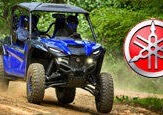






































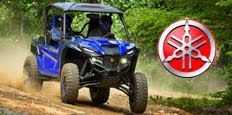






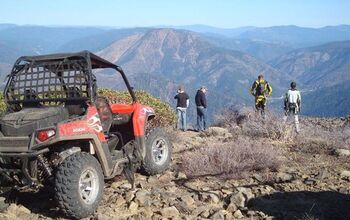
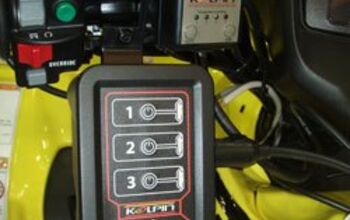
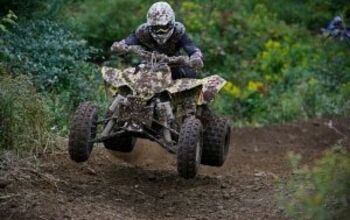
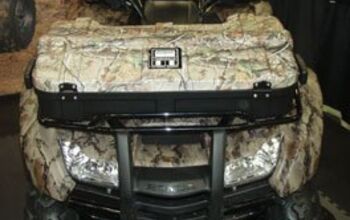
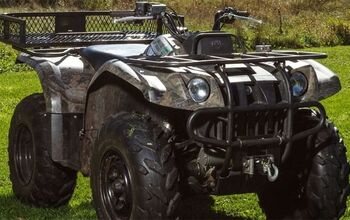
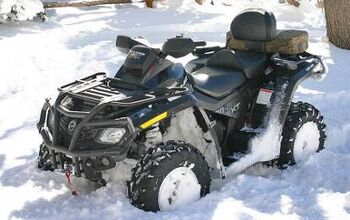
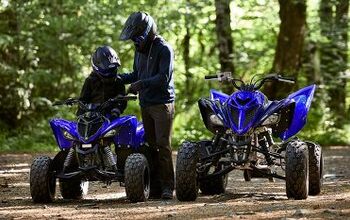
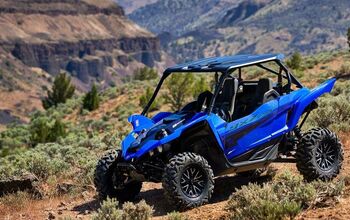
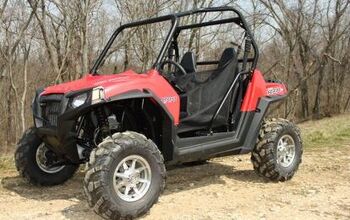
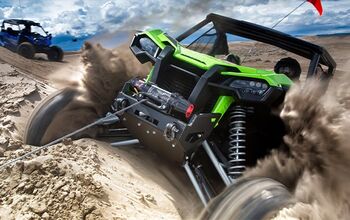
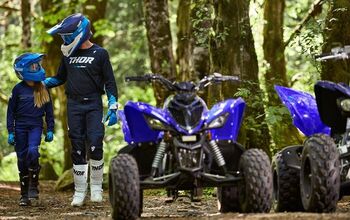
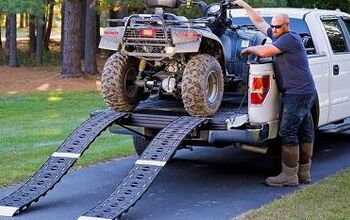
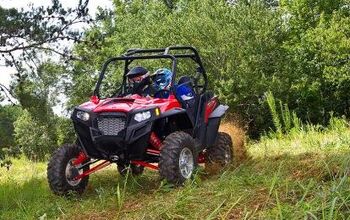
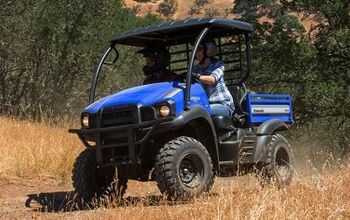
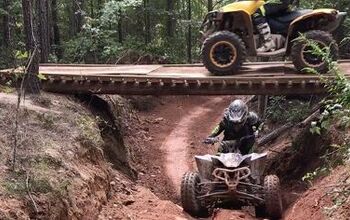
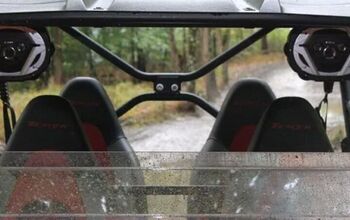

Comments
Join the conversation